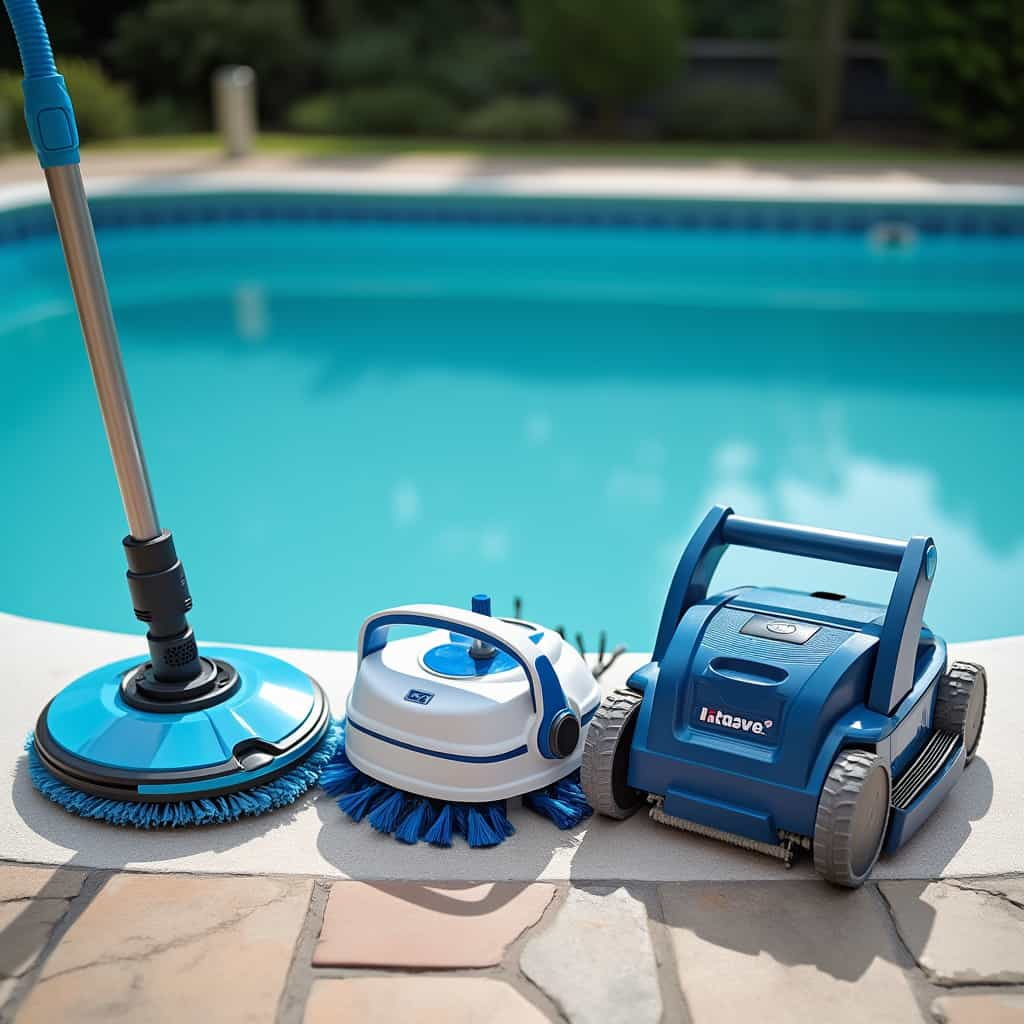The allure of a sparkling swimming pool is undeniable, yet achieving and maintaining that crystal-clear water requires knowledge and effort. Swimming pool cleaning is a critical aspect of pool maintenance, and understanding the various options available is essential for pool owners. This article explores traditional and modern methods of pool cleaning, diving deep into the costs, benefits, and considerations associated with each technique.
At the heart of pool maintenance lies the traditional method: manual cleaning. Armed with a telescopic pole, a skimmer net, and a pool brush, this method relies on the diligence and effort of the pool owner or hired personnel. Regular manual cleaning includes skimming leaves and debris, brushing the pool sides to prevent algae buildup, and vacuuming the pool bottom. It’s a labor-intensive task but appreciated for its thoroughness.
Despite its effectiveness, manual cleaning comes with several challenges. The time commitment is significant, and overlooking a week or two can result in murky water and potential algae growth. The costs for manual cleaning can vary widely; if one hires a professional, the average service ranges from $50 to $150 per visit, depending on the pool size and location. Yet, manual cleaning remains a trusted method for those keen on a hands-on approach and savings on equipment costs.
With technological advancements, automatic pool cleaners have surged in popularity. These devices fall into three main categories: suction-side, pressure-side, and robotic. Suction-side cleaners attach to the pool’s existing pump system, using its suction power for cleaning. They are the most cost-effective automatic option, generally ranging from $100 to $300. However, they can increase wear on the pool pump and may not be as efficient in larger pools.
Pressure-side cleaners operate by connecting to the pool’s return jet, utilizing water pressure to mobilize the cleaner. They often come with a booster pump, enhancing their efficiency in picking up larger debris. The cost for a pressure-side cleaner typically ranges from $200 to $700. While efficient, they can be on the noisy side and sometimes require additional booster pumps, adding to energy consumption.
The pinnacle of automatic cleaning technology is the robotic pool cleaner. These self-contained units operate independently of the pool’s systems, powered by electricity, and are renowned for their cleaning efficiency. They scrub surfaces, vacuum debris, and some models even climb walls and the waterline. The investment for robotic cleaners starts around $500 and can soar to $1500 depending on features and brand.
Though initial costs for robotic cleaners are higher, they offer significant long-term advantages. These devices reduce chemical use by circulating water more effectively, saving on pool maintenance costs over time. Additionally, they are energy efficient, operate quietly, and often come with programmable settings for easier management. According to experts like Michael Detwiller, a pool maintenance specialist, the advanced sensors in high-end models make them ideal for large pools requiring frequent cleaning.
Beyond choosing the cleaning device, weekly chemical balancing of the pool water is paramount. This includes maintaining the correct pH levels, balanced alkalinity, and sufficient calcium hardness to prevent erosion of the pool surface. Furthermore, chlorine or salt systems must be monitored to ensure proper disinfection and safety for swimmers. Failing to keep these levels in check can lead to eye irritation and bacterial growth, compromising not only comfort but health.
For those uncertain about the balancing process, professional pool services offer chemical management as part of their packages. Depending on the frequency and pool size, these services can range from $80 to $200 monthly. However, ongoing personal supervision using home testing kits is also an effective alternative, costing much less annually.
In conclusion, the choice of swimming pool cleaning method largely depends on budget, pool size, and personal involvement preference. Manual cleaning demands time but is cost-effective, whereas automatic systems, particularly robotic cleaners, provide ease and efficiency at a higher initial investment. Ultimately, regardless of the method, the goal remains the same: a clean, healthy, and inviting swimming pool environment. As it has been echoed by Lisa Graves, an environmental engineer specializing in recreational water: ‘Invest in your pool as you would your health. The dividends of a clean pool extend beyond aesthetics to the well-being of its users.’
You may also like
Gates and Fences for your Home
This article delves into the realm of garden structures for homes, focusing specifically on gates and fences. We explore various options available in the market, discussing their benefits, potential challenges, and costs. A detailed comparison of different proposals is provided to guide homeowners in selecting the most cost-effective and appealing options.
Garden Structures: Various options for acquiring a garden shed
Garden structures, particularly sheds, provide functional and aesthetic benefits to homeowners. They come in diverse styles, materials, and prices. This article explores various options for acquiring a garden shed, examining their costs, practicality, and advantages, while also contrasting the most affordable options and highlighting what to consider for the best market deals.
Windows and Doors for the Home: Security and energy efficiency
Windows and doors play a critical role in defining a home’s aesthetic, security, and energy efficiency. This article delves into the myriad options available for homeowners, compares costs and benefits, and offers guidance on making informed purchasing decisions.
Doors and Windows: Guide to Choosing the Best Options for Your Home
Selecting the right doors and windows for your home encompasses a range of factors such as material, design, durability, and cost. This article explores the various options available, delves into common myths, provides expert opinions, and compares different proposals to help homeowners make informed decisions.
